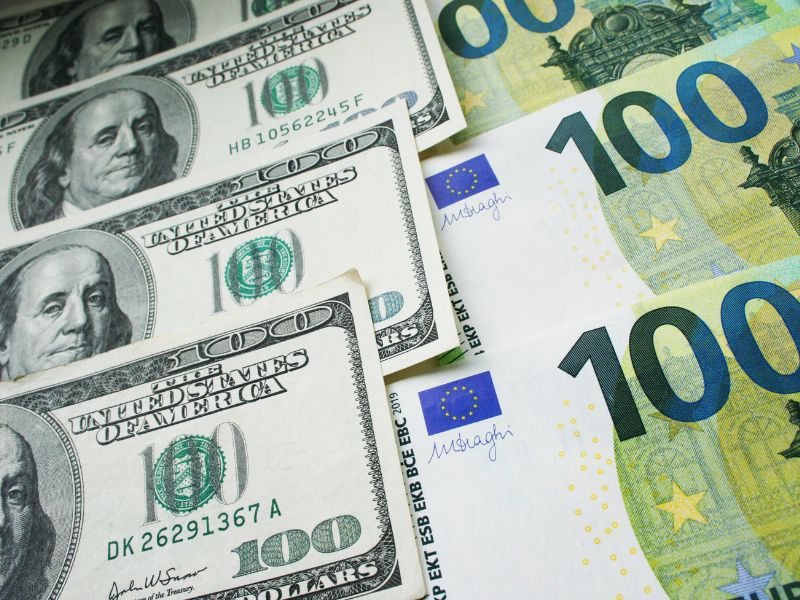Market Volatility: Can you handle the Pressure?
There has been plenty of talk about recent volatility in the global currency markets. Looking back over 2015 so far, the first quarter has seen plenty of action, but by far the biggest event we have seen was, without a doubt, on January 15th when the Swiss National Bank scrapped its three-year-old cap on the Franc sending the currency soaring against the Euro. Not only was the effect felt against the Euro but also against other major currencies as well, with plenty of price action happening alone in the USDCHF currency pair, with it being one of the most popular things to trade.
It’s important to understand the imbalances between supply and demand that show themselves on a price chart and also provide us with low-risk trading opportunities. A basic understanding of the supply and demand laws states this: if demand is greater than supply then prices must rise. If supply is greater than demand then prices must fall. The key, therefore, is to recognize where the imbalances that cause these moves can be found on the chart. If you learn to find the imbalances, then you will learn to find the trades.
This dynamic is so important yet so misunderstood. The majority of people today still believe that the reason prices go up is due to there are more buyers than sellers. Likewise, most people will also tell you that the reason markets go down is due to the fact that there are more sellers than buyers. How many times have you seen the market rallying and heard people talking about the Bulls being in control, or a market collapsing and saying that the bears are in control? It is believed that markets are going up because more people are buying and that those buyers are therefore in control. Likewise, it is also assumed that when the sellers are in control markets naturally fall. When you see a big parabolic green or red candle on a price chart this assumption is easy to make, however, there is more to this dynamic than meets the eye. When we truly understand what causes volatility and makes a market rally or fall, we begin to gain an edge in our trading and investing. Let’s take a look at a screenshot from the SNB unpegging aftermath and the price action on USDCHF as a result.
Looking at the currency pairs is also important. Far too many traders just look for the popular pairs, such as Euro/Dollar or Euro/Pound, however, there are plenty of others that can be worth exploring. For example, Indonesia has been in the news quite a lot recently for various reasons. Have you been checking their currency during this time? Buying or selling the Indonesian rupiah could have been a smart move that many would have ignored.

So what can we take from this? Can we take advantage of such market volatility? Prices will continue to move up or down until they find the next majority of orders and it is these unfilled orders from the past which become the most likely obstacle to halt the current direction of any market.







